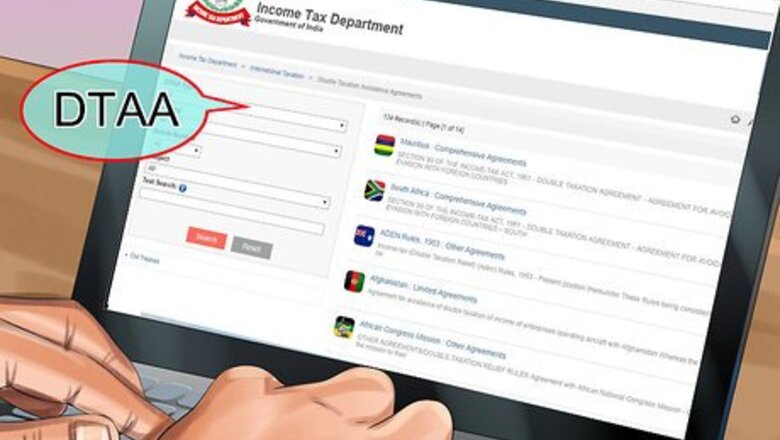
views
Determining Your Eligibility
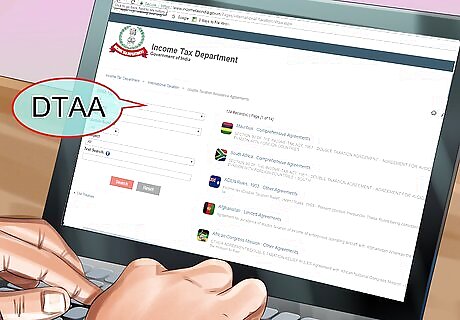
Confirm there is a DTAA that applies to you. Form 10F only excludes your income from Indian income taxes if India and the country where you live have a treaty in place. You also must be subject to income tax in the country where you live. The Indian Income Tax Department has a searchable list of all tax treaties between India and other countries around the world. You can access this list and read the treaties at https://www.incometaxindia.gov.in/Pages/international-taxation/dtaa.aspx.

Determine whether you are eligible for tax residency. Generally, you are considered a tax resident if you are subject to income tax in the country where you live and where you earned the income in question. If you were required to file taxes in the country where you live, or if taxes were withheld from your paychecks, you likely are eligible for tax residency.
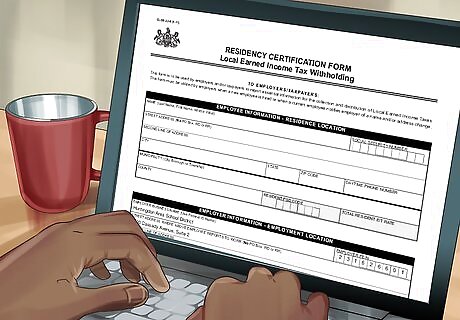
Apply for residency certification with the country where you live. Each country has its own process for obtaining a tax residency certificate. Make sure you start the process several months before you need to file your tax return in India. You can typically download an application form from the website of the tax authority in the country where you live. Read the instructions carefully and gather any documents you'll need to complete the application before you start filling out the form.

Pay any required application fees. Many countries require you to pay a fee before they will issue you a tax residency certificate. These fees vary among countries and must be paid in local currency. For example, if you want to apply for residency certification in the U.S., you must pay an $85 application fee for each application you file. Check accepted methods of payment. You may not be able to use a credit card.
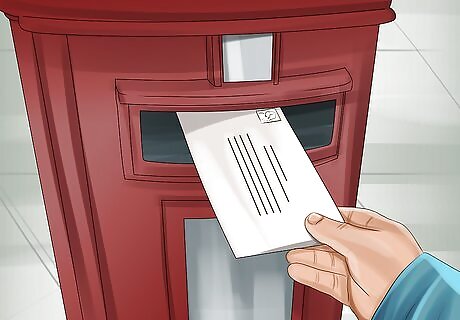
Mail your completed application to the appropriate address. You typically are required to attach documents to support the claims you make in your application. Therefore, it must be mailed to the relevant tax authority in the country where you live. The method of payment you choose may determine the address where you mail your application package. Make a copy of everything you send for your records before you mail it.
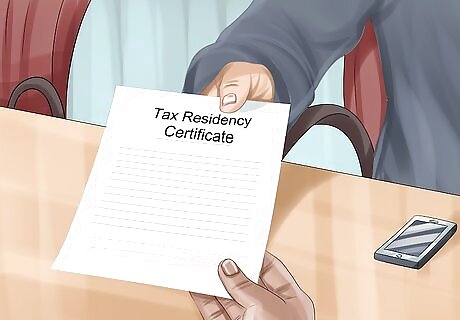
Receive your tax residency certificate. After your application is received and processed, you'll get your tax residency certificate in the mail, typically within 30 to 45 days of when your application was sent. If the tax department or agency requires additional information from you before your application can be processed, you may receive a separate notice.
Completing Form 10F
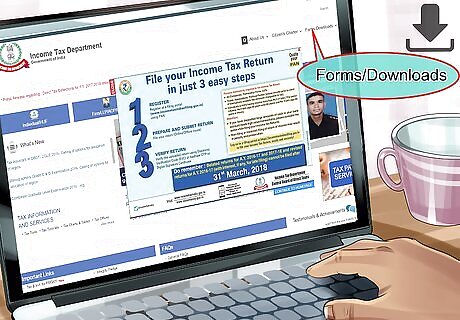
Download the form from the Income Tax Department. The Indian Income Tax Department has Form 10F available for download on its website. Find the form by going to https://www.incometaxindia.gov.in. Click on "Forms/Downloads" and choose "Income Tax Forms" from the drop-down menu. Then enter "10F" in the search box and click "Search." This is a fillable form. Make sure you have the updated version of Adobe Acrobat Reader installed on your computer.

Provide your residency and tax identification information. The purpose of Form 10F is to establish your identity, that you are an Indian citizen, non-resident of India, and pay taxes in the country where you do live. The period of residential status you list on Form 10F should be the same as the period of residential status listed on your tax residency certificate. Make sure you include your PAN. There are strict penalties if you don't.
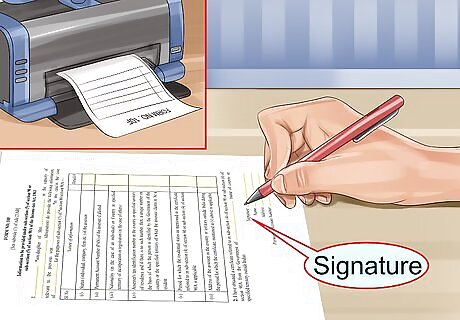
Print and sign your form. There are two spaces on Form 10F for you to sign. The first is your plain signature, the second is a self-verification. Here, you attest that all the information in the form is true and accurate to the best of your knowledge. You must date the verification portion of the form. It doesn't have to be witnessed by anybody.

File your form with your tax return. When you file income tax returns for the year covered by the period on your tax residency certificate, you must submit that certificate along with Form 10F. Make copies of your form before you submit it so you have it for your records.
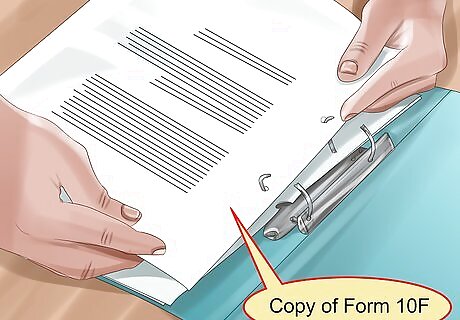
Maintain documentation of the information provided. You are not required to submit documentation as evidence of the claims in your Form 10F. However, you should still have proof and keep it in your personal records in case you are audited or asked by the Income Tax Department to provide it.
Obtaining a No Pe Declaration Letter

Request a no pe letter from the company paying you. This letter is a declaration that the company paying you has no permanent establishment in India. If you work for an Indian company, you may have to pay income taxes in India even if you are not a resident. You need one of these letters from every entity that pays you income if you want to exclude that income from Indian income taxes. For example, if you earn interest on a bank account in a bank in your resident country, you also need a no pe letter from them. The company may have a form letter already drafted. If not, you can find templates online that are used by other companies.
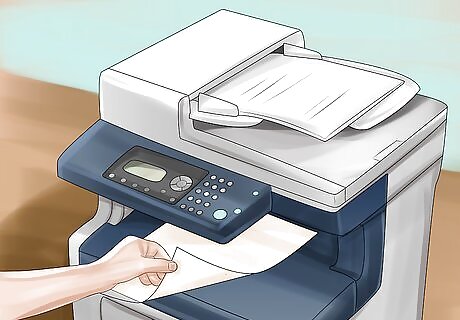
Make copies of the letter. You must submit the original declaration letter when you file your taxes along with your tax residency certificate and your Form 10F. You still need at least one copy for your own records. Any copies should be kept along with your copies of your tax residency certificate, Form 10F, and other documentation to prove the statements you made on those forms.

Submit the original letter with your tax return. When you file your tax return, you must provide a no pe declaration letter for any income that you want to exclude from Indian income tax under a DTAA treaty.




















Comments
0 comment